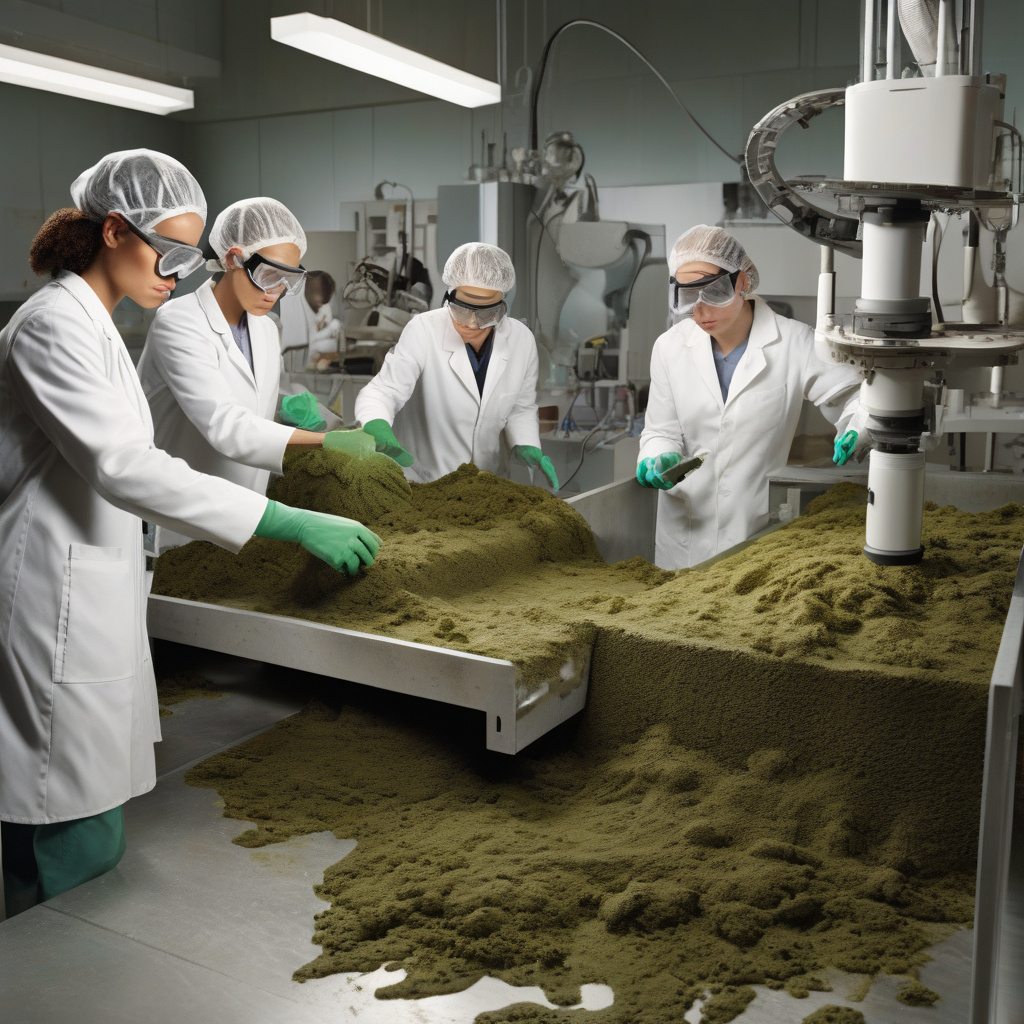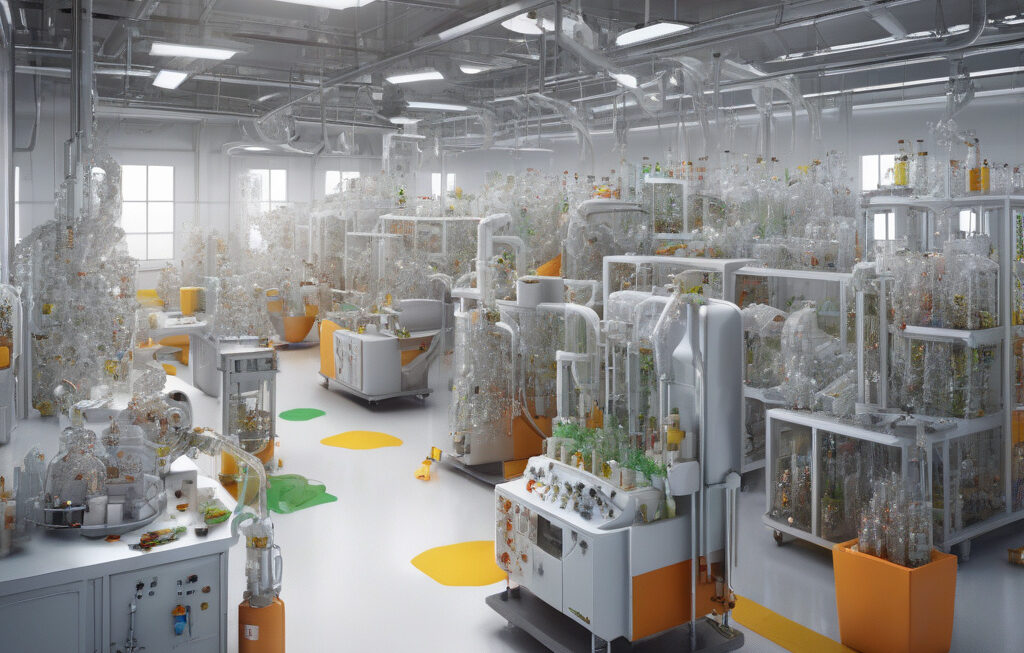US scientists blend seaweed into concrete to shrink cement’s carbon footprint quickly
What if the key to greener concrete wasn’t mined from the Earth, but grown in the depths of the ocean? A groundbreaking innovation by US scientists is revolutionizing the construction industry by blending seaweed into concrete, offering a sustainable alternative that significantly reduces cement’s carbon footprint. This eco-friendly approach not only addresses environmental concerns but also showcases the power of innovation in driving positive change.
Traditional concrete production is a major contributor to carbon dioxide emissions, with the cement industry accounting for approximately 8% of global CO2 emissions. The process of manufacturing cement involves high energy consumption and releases large amounts of CO2, making it one of the most polluting industries worldwide. In response to this environmental challenge, researchers have been exploring alternative materials to reduce the carbon impact of concrete.
Seaweed, a renewable marine resource, has emerged as a promising solution to make concrete more sustainable. Scientists have found that by incorporating seaweed into the concrete mix, they can reduce the amount of cement needed while maintaining the material’s strength and durability. This innovative approach not only decreases the carbon footprint of concrete but also taps into the potential of seaweed cultivation to offset carbon emissions.
The benefits of seaweed-blended concrete extend beyond environmental sustainability. Studies have shown that seaweed-based concrete can actually be stronger and more flexible than traditional concrete, offering enhanced performance characteristics. This means that buildings and infrastructure constructed with seaweed-infused concrete could have increased resilience and longevity, contributing to a more sustainable built environment.
Moreover, the use of seaweed in concrete production supports the growth of a new industry centered around seaweed cultivation. By incentivizing seaweed farming, this innovation creates economic opportunities for coastal communities and promotes ocean conservation. The cultivation of seaweed not only sequesters carbon from the atmosphere but also provides a source of livelihood for local farmers, contributing to a more sustainable and resilient economy.
The integration of seaweed into concrete represents a significant step towards greener construction practices and sustainable urban development. As the demand for environmentally friendly building materials continues to rise, innovations like seaweed-blended concrete offer a viable solution to reduce the environmental impact of construction activities. By harnessing the power of nature and science, US scientists are paving the way for a more sustainable and resilient future.
In conclusion, the blending of seaweed into concrete presents a promising opportunity to shrink cement’s carbon footprint and promote sustainability in the construction industry. By embracing innovative solutions that leverage natural resources, we can build a more sustainable future for generations to come.
seaweed, concrete, sustainability, innovation, construction











